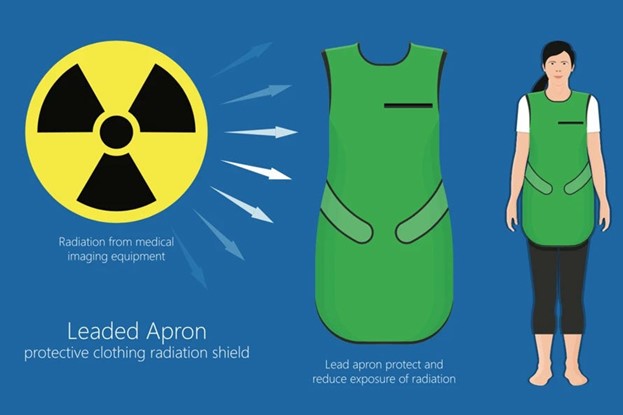A nurse finds a client in bed, unresponsive and breathing.
Which of the following actions should the nurse take first?
Initiate cardiac monitoring for the client.
Apply a blood pressure cuff.
Palpate for the client's carotid pulse.
Establish an IV access.
The Correct Answer is C
The first step when finding an unresponsive person is to check their breathing by tilting their head back and looking and feeling for breaths.
When a person is unresponsive, their muscles relax and their tongue can block their airway so they can no longer breathe.
Tilting their head back opens the airway by pulling the tongue forward.
Palpating for the client’s carotid pulse is a way to check if the client has a pulse and is still breathing.
Choice A: Initiating cardiac monitoring for the client is not an answer because it is not mentioned as the first action to take in my sources.
Choice B: Apply a blood pressure cuff is not an answer because it is not mentioned as the first action to take in my sources.
Choice D: Establishing an IV access is not an answer because it is not mentioned as the first action to take in my sources.
Nursing Test Bank
Naxlex Comprehensive Predictor Exams
Related Questions
Correct Answer is B
Explanation
“Monitor urinary output for retention.” Urinary retention is a common side effect of opioid use and should be monitored.
Choice A is not correct because itching can be a side effect of opioids and does not necessarily indicate an allergic reaction.
Choice C is not correct because restricting fluid intake can worsen constipation.
Choice D is not correct because antiemetics may be prescribed to manage nausea and vomiting, which are common side effects of opioids.
Correct Answer is C
Explanation

Wearing a lead apron can help protect the nurse from radiation exposure while providing care to a client receiving internal radiation therapy.
Choice A is incorrect because visitors may need to limit their contact with the client and follow specific safety precautions.
Choice B is incorrect because a dosimeter film badge is worn by the nurse to measure radiation exposure, not placed on the client’s door.
Choice D is incorrect because the door to the client’s room may need to be kept closed as a safety precaution 2.
Whether you are a student looking to ace your exams or a practicing nurse seeking to enhance your expertise , our nursing education contents will empower you with the confidence and competence to make a difference in the lives of patients and become a respected leader in the healthcare field.
Visit Naxlex, invest in your future and unlock endless possibilities with our unparalleled nursing education contents today
Report Wrong Answer on the Current Question
Do you disagree with the answer? If yes, what is your expected answer? Explain.
Kindly be descriptive with the issue you are facing.
